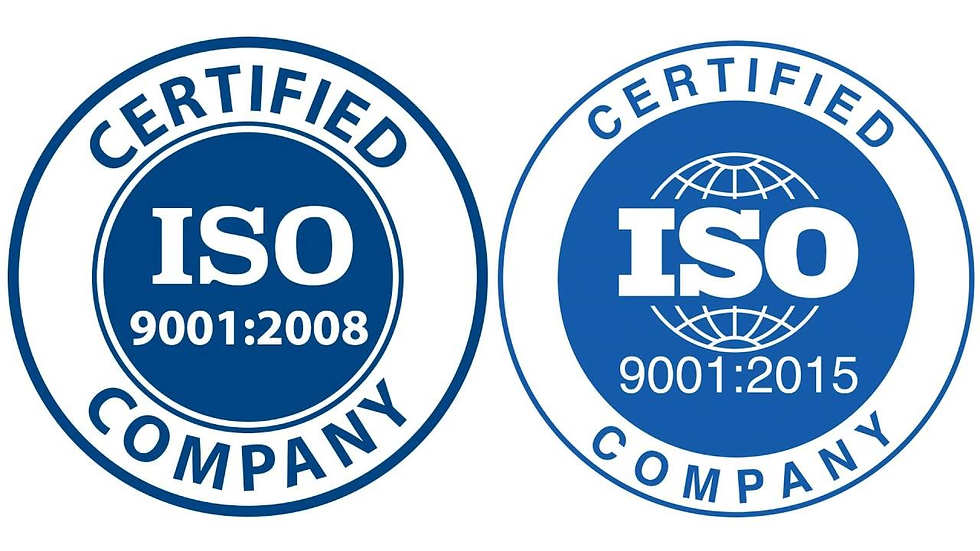From Application to Certification: Understanding the ISO Accreditation Process in Australia
- Mitchell Brown
- May 23
- 2 min read
Updated: May 27
ISO accreditation is a badge of honour. It is the recognition that an organisation has been found to comply with internationally accepted standards of quality, safety, and effectiveness.

In Australia, application through to ISO certification is an ordeal of precision, process, and transformation. It demands strategic intent, leadership commitment, and fastidious attention to compliance. Below is a snapshot guide to navigating this pivotal process.
Preparing for Accreditation—
Preparation is the key. Organisations need to first determine the applicable ISO standard—whether for Quality Management through ISO 9001, Environmental Management through ISO 14001, or even others such as ISO 45001 for Occupational Health and Safety.
Gap analysis comes next. This determines what processes are in place and how they rank in comparison to standard requirements. Internal resources need to be evaluated. Frequently, external consultants are hired to streamline documentation and systems.
Leadership participation is also critical. Without it, cultural alignment and employee engagement may fail.
Putting the ISO Framework into Action—
Following alignment, implementation follows. Here, standard-specific procedures are placed into everyday actions. Document control, performance measurement, and continuous improvement become key activities.
Training of personnel is necessary. Everyone needs to comprehend both the intent and action of new procedures. This induces consistency and prepares the team for external audits. Corrective actions are recorded. Management reviews become standard. This time also induces a culture of responsibility and accuracy.
Audit and Certification—
Once the framework is established, the audit process begins.
A two-stage audit is carried out by a certified external auditor. Stage One evaluates documentation and preparedness. Stage Two confirms compliance in practice by means of site visits, interviews, and records inspection.
Non-conformities, if found, are identified. Organisations have to resolve them quickly and efficiently.
After successful completion, ISO certification is issued. It's three years valid, subject to yearly surveillance audits.
Conclusion:
ISO accreditation in Australia is not a checkbox. It is an excellent commitment. The process—ranging from preparation through implementation to audit—develops operational maturity and international credibility. For Australian businesses wishing to excel with integrity and effectiveness, ISO certification is a milestone worth aspiring to with care and pride. Looking to acquire ISO accreditation in Australia or Sydney? You should connect with a reputed provider now!
Comments